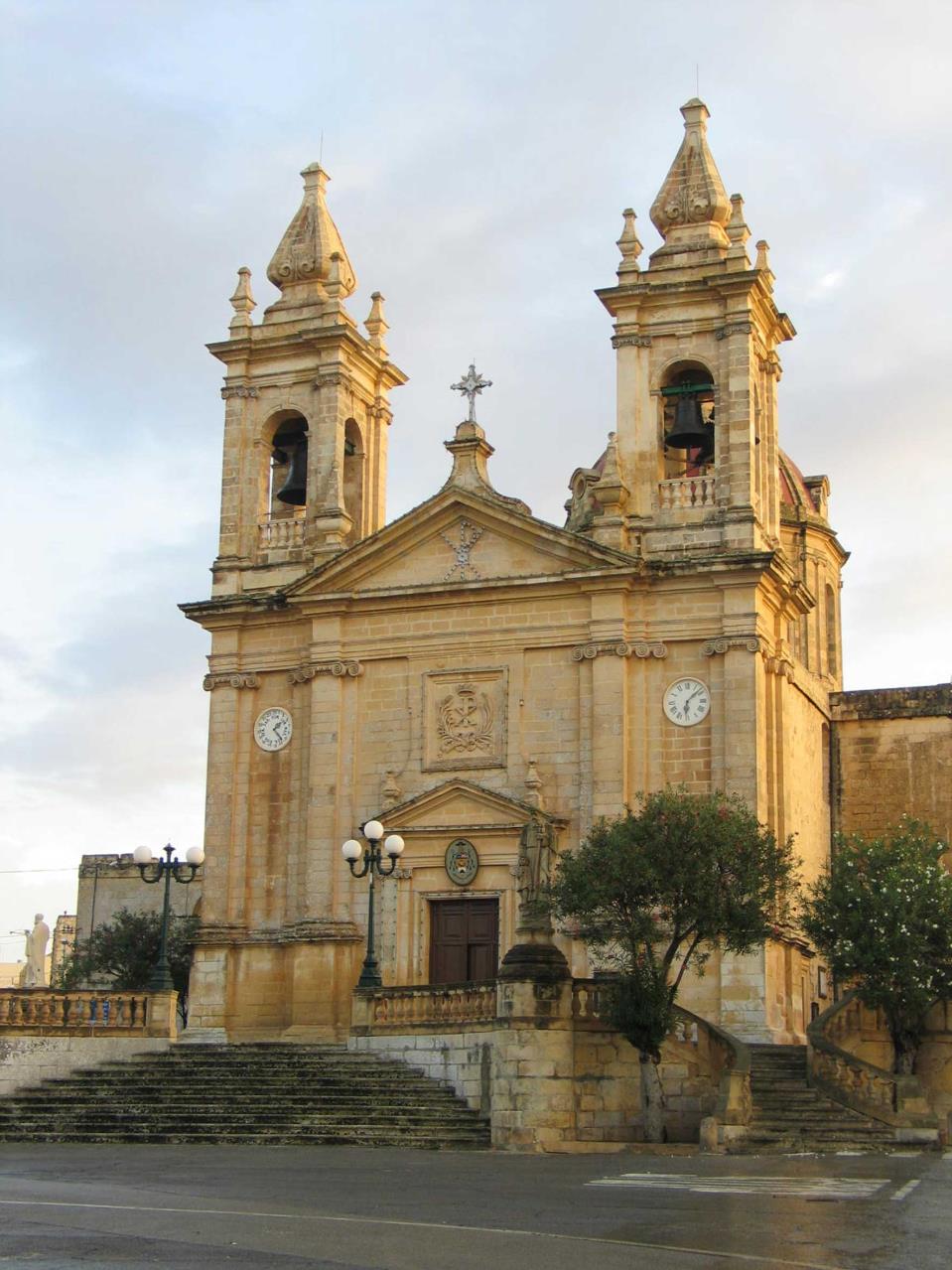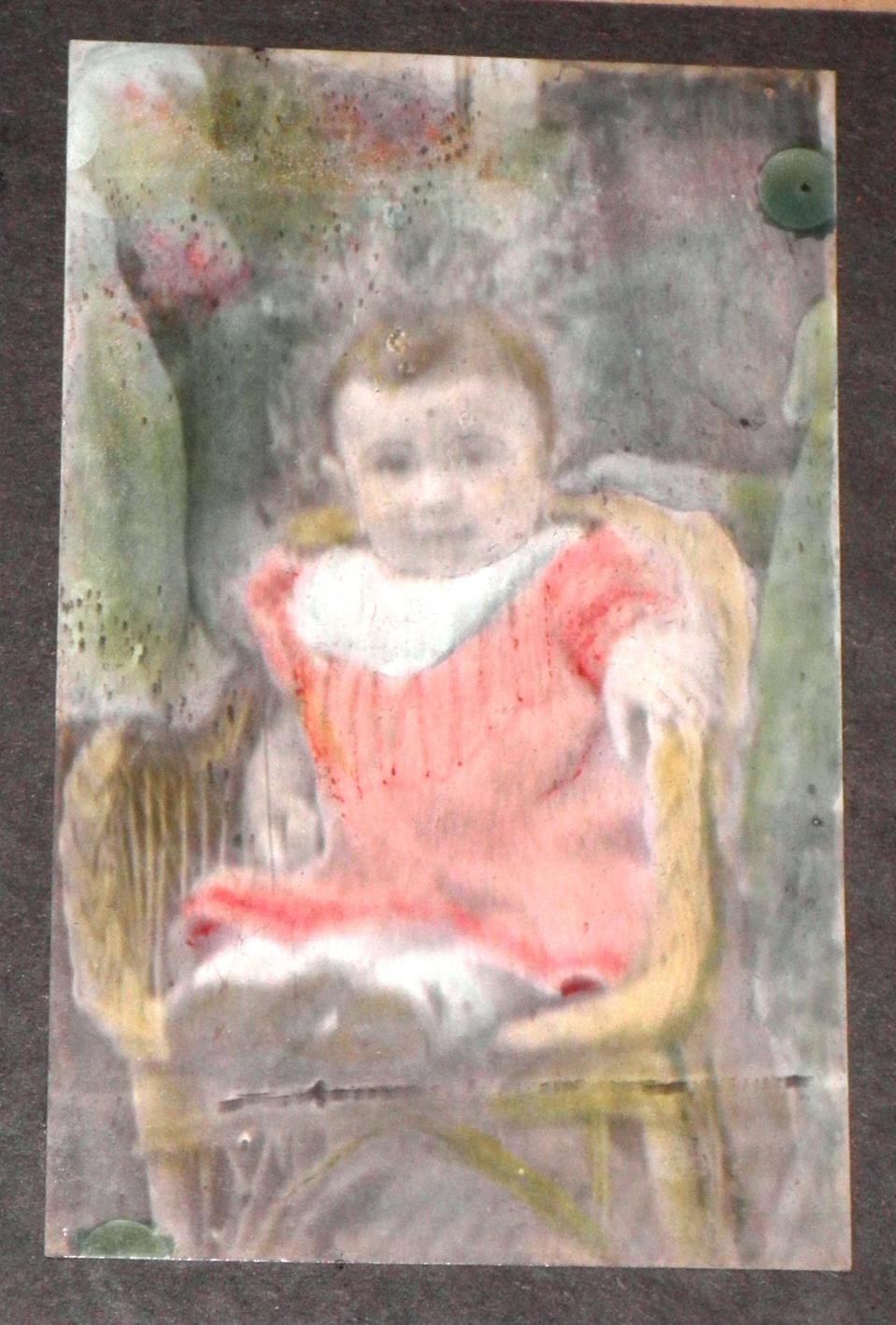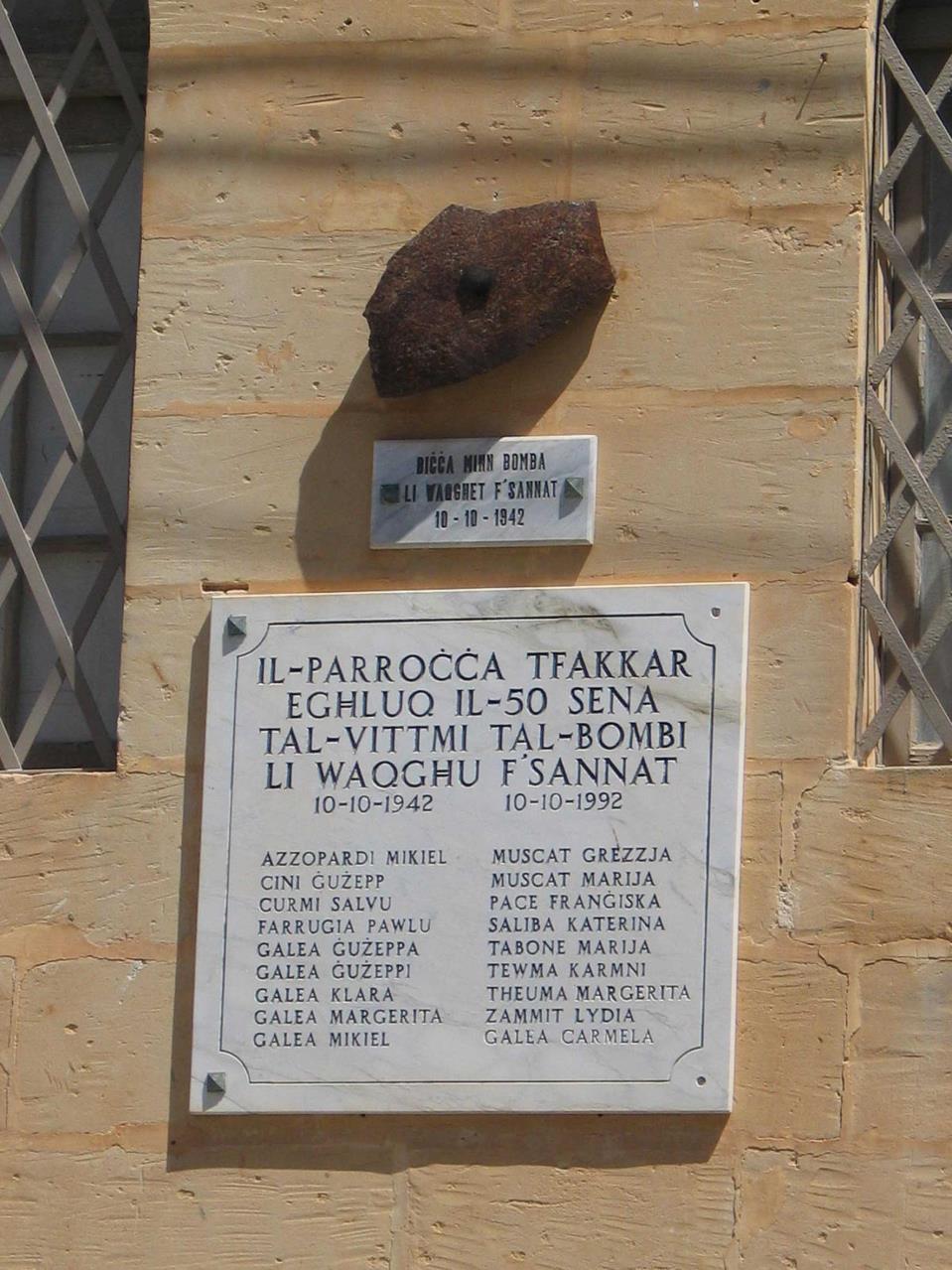A feast
Last week, the village of Ta' Sannat, on the south of the island of Gozo, celebrated the feast of St Margaret Virgin and Martyr - the patron saint of the village, but, above all the patron saint of expectant women and women in childbirth. The Acta Sanctorum - an encyclopaedic text in 68 folio volumes of documents examining the lives of Christian saints - say that she was born in Antioch, in Asia Minor. She lost her mother when she was young and was disowned by her father - who was a pagan priest - when she embraced Christianity. While tending a flock of sheep, she was approached by a Roman prefect, Olybrius (some write Alybrius), who wanted her as a concubine or his wife. But she refused his cajolery. Olybrius then arrested her because she was a Christian.
She is one of the women saints who, because of her beauty, her resolve not to renounce her Christian faith, and her decision to consecrate her virginity to Christ, suffered fire, boiling water, and finally beheading, in 275, or most probably in the persecution of Diocletian (A.D. 303-5).
This feast reminds me of the affectionate ties I have with Ta' Sannat.

Ties with the village
Although I spent my childhood and youthful days in Ir-Rabat ta' Għawdex, Victoria in Gozo, I was born in the village of Ta' Sannat (with the possessive 'Ta'' like 'Ta' Xbiex' in Malta and not 'Is-Sannat'), in a house adjoining that of Nanna Tona (who was then already widowed), in Saguna Road, today Triq ix-Xatba. My affection with this village did not develop only because it is my birth place, but mostly because there lived my mother's mother and many cousins who were the children of my Zija Marija, married to a Maltese from Ħaż-Żabbar. With them I used to play in the fields at the back of their house near that of nanna, and established with them an everlasting relationship which I still treasure today.
Birth place
My mother, Carmela, was born, grew up, and got married at Ta' Sannat. She was one of six children: M'Kalanġ, Mum, Furtun (who died at the age of about 20), Margaret (who died at the age of two), Gerita (still alive), and Marija. My father, Ġużeppi, from Xewkija, and mother got married at the beginning of World War II. Nanna Tona had an empty house, adjacent to hers; it was there that they started a family. They had their first child, Lydia and, on Friday 8 May 1942, they had me. My father used to go to work in Ir-Rabat, every day, on a 28" wheeled bicycle. He worked in Gozo's only Makna tad-Dawl - a small power station where he was admitted through the intercession of his father, Nannu Mikiel, when he was only 14 years of age. There he continued to work until he retired as a qualified Diesel Engine Driver, in the eighties of the last century.

10 October 1942
Saturday, 10 October 1942, was a day of great sorrow for Gozo ... but mostly for the people living in Ta' Sannat, and for my family.
That year was the worst in the Second World War, for the Maltese. And for the people of Ta' Sannat, 10 October - the eve of the celebration of the feast of Our Lady of the Rosary, as my mother used to say - was a day which went down, perhaps, as the worst in the annals of the history of the village.
It was in the morning, at around 10.15, when two Junkers known as Ju 88 German aircraft were flying over Ta' Sannat. Two British Spitfires were on their trail.
To be lighter in flight, the Junkers let off two large bombs which they were carrying, and were thus able to escape the British aircraft. My parents used to often narrate the events of that day with shocking details. One bomb fell in the fields just further down from the house where my family lived.
The other fell in the heart of the buildings next to the old school, near a bakery. With the explosion of the two bombs several houses were destroyed and 18 people were killed - among them my sister Lydia, a little more than a year old.
I escaped death by a miracle ... Our house was destroyed and only one of its walls remained standing. I survived resting on the sill of a window in that wall; I was a six-month baby, then. My father - who had been holding me while watching the planes out of the window - and uncle Kalanġ were almost buried under the debris; but survived. However, my father had inhaled a lot of blast and spent some days in danger of dying. It was my mother who asked for a ladder and picked me up from the window sill.
Our Lady of the Rosary saved me from death at that age, and for my mother it must have been St Margaret to whom she was surely devout. I was born on the feast of Our Lady of Pompei (8 May) ... and had been reborn on the eve of the feast of Our Lady of the Rosary.

Another Lydia
In November 1943 another sister was born; she was named Lydia, after the Lydia whom my parents lost in the previous year. Sadly enough, this second Lydia, at the tender age of 20, on my 22nd birthday - 8 May 1964 - after a brief illness, passed away to Eternal Life. But that is another story.
... to be written down at Ta' Sannat school
Sometime after the war, my parents moved house and settled in a rented house in Sannat Road, in Victoria, very close to the place where my father was working.
In my memory, I recall quite vividly, once my mother dressed me a white shirt, placed some bread in a small cardboard case, then my father placed me astride, on the petrol tank of his Matchless motor cycle, and took me to be written at the school of Ta' Sannat.
From here onwards my recollection is blurred and, from what I remember, we walked into the school building, he spoke with someone, and we again came out. He placed me seated again on the motorcycle ... and drove back home. I never went to Ta' Sannat school!
Then, before I started attending the Victoria Government Primary school, I was enrolled in the Dominican Sisters (ta' Pompei) infants' school, some 50 meters away from where we used to live, and then at the infants' school of the Franciscan Sisters (Tal-Istilla), both in Victoria. But, my father trying to enroll me at Ta' Sannat school, remained one of the earliest memories of my childhood ... maybe I was 4 years old!

Participation in a procession
My parents used to hear the 6.00a.m. Holy Mass celebrated in the nearby church of Pompei. There, at about the age of 6, Father (later Monsignor) George Mercieca (uncle of the late Archbishop Emeritus Mgr. Joseph Mercieca) taught me how to assist Mass ... in Latin. And I became an altar boy, assisting him at Mass every day, until I started working as a teacher, in Malta, in 1960.
In those years, my mother used to take us all, her family, to enjoy the feast of St Margaret celebrated at her home village, in July. We used to walk from our house all along the then narrow road - down to 'Il-Qasam', and up to the village, on to Nanna Tona's house. And there, dressed as an altar boy, I used to join the local altar boys, and take part in the procession. I used to enjoy, and I used to feel proud to take part ... but never remember having enjoyed a sweet or a soft drink for my participation, as I used to enjoy when taking part in the procession of the Sacred Heart of Jesus, in Għasri.
I always loved feasts. And when I could, I always took part, as in the Good Friday procession which at that time used to be organized only by St George's parish church, in Victoria. As an altar boy I used to carry a red velvet cushion with a cross on it, or hold a lantern, (which was made by my father), and, when a little older, even to wear the dress of a Knight (in black), holding a banner, in front of the statue of Our Lady of Sorrows. However, I never ever tried to walk dragging chains tied to the ankles, barefooted!